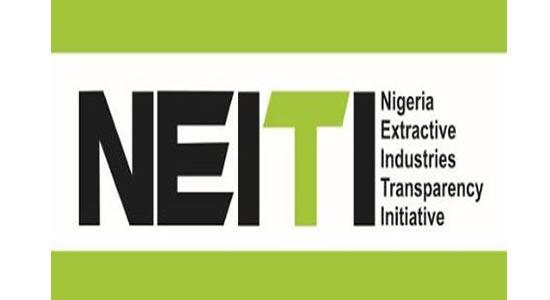The Nigeria Extractive Industry Transparency Initiative (NEITI) recently disclosed that the three tiers of government, the Federal, States and Local Governments have so far shared N2.788 trillion between January and June this year, a 38% increase on the N2.019 trillion shared in the first half of 2016. Out of N2.788 trillion disbursed in the first half of 2017, the Federal Government received N1.09 trillion, 36 State Governments received N923 billion while N549.8 billion went to 774 local governments in the country.
A further breakdown showed that total releases to the three tiers of government was N430.16 billion in January, N514 billion in February, N496.40 billion in March, N418.82 billion in April, while N418.82 billion went for May and N462.36 billion for June.
This was made known in the Nigeria Extractive Industries Transparency Initiative (NEITI) Quarterly Review which focuses on disbursement from the Federation Accounts and Allocation Committee (FAAC), a copy made available to newsmen on Sunday in Abuja, by the Director of Communication, Dr Orji Ogbonnaya Orji.
The review was based on data obtained by NEITI at the meetings of FAAC and data from National Bureau of Statistics, Office of the Accountant General of the Federation, Federal Ministry of Finance and the Debt Management Office.
However, despite the 38% increase in disbursements in the first half of 2017 when compared with 2016, all the three tiers of government suffered significant revenue decline in terms of projected FAAC disbursement.
“Coupled with the low price of oil is the country’s difficulty in meeting the targeted/budgeted production rate of 2.2 million barrels per day. Production has consistently fallen below two million barrels per day since March 2016. Thus the double “whammy” of low oil prices and lower production that hit the country since 2014 has remained”, the NEITI quarterly review observed.
For instance, while the expected FAAC disbursement for the three tiers of government was N4.7 trillion, the actual FAAC disbursement to them was N2.788trillion, representing a shortfall of over 40.67%.
According to the publication, “the volatility nature of disbursements to all tiers of government in the first half of 2017 would suggest difficulty in implementing budgets at Federal, State and Local government levels.
The volatility in revenue inflows will adversely affect planning and expenditure of government and thus likely hamper efforts at stimulating growth and development”.
The report further disclosed that a total of N513 billion was spent on debt servicing by the three tiers in the first quarter of 2017 which was against the N1.276 trillion disbursements in the first quarter, saying it meant that debt servicing took up 40.27% of FAAC disbursement for the first quarter of this year.
“The figure reveals that debt servicing as proportion of total FAAC allocations is generally higher in the first quarter of the year, after which it falls to lower levels. Based on this, the figure of 40.27% observed in the first quarter of 2017 might be an upper threshold and it would thus be expected that this figure will be lower for the remaining quarters of the year”, the report concluded.
However, the Debt Management Office (DMO) was yet to provide data on the figure for the second quarter of 2017.
In this direction, the NEITI publication expressed concern that, the nation’s debt in relation to revenues appeared to have reached critical levels.
It further disclosed that domestic debt servicing constituted 90% of total debt servicing, saying “domestic debt servicing consistently outstrips external debt servicing. In the first quarter of 2015, domestic debt servicing made up over 93% of total debt servicing. This figure did not change much by the first quarter of 2017 as domestic debt servicing was over 92% of total debt servicing”.





















